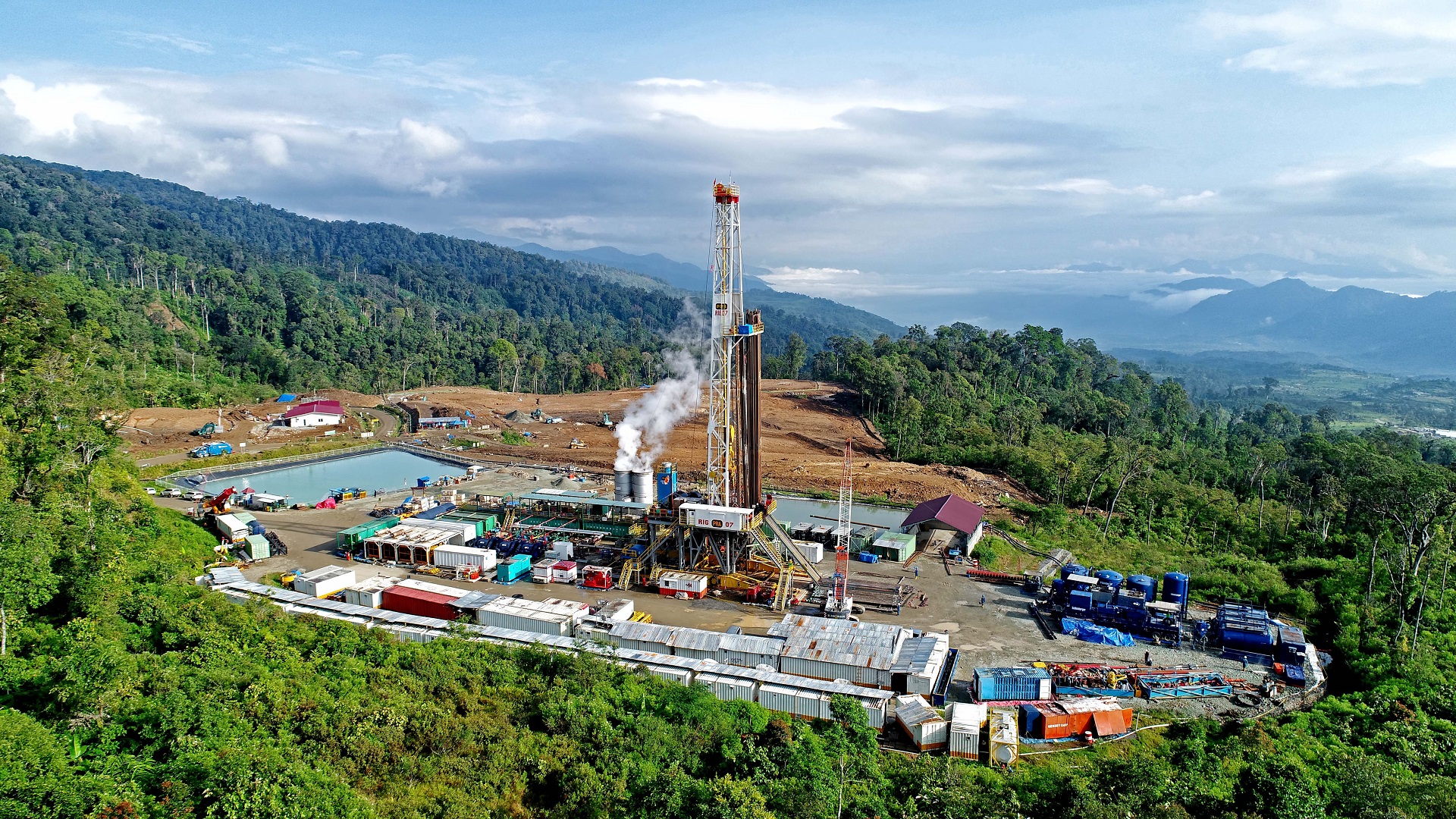Geothermal energy is a type of renewable energy obtained from the heat from inside the Earth. The process of harnessing this energy is done through large perforations in the soil since the heat of our planet is located below the Earth’s surface by a Geothermal power plant.
Of Greek origin, the word “geothermal” is formed by the terms geo, which means Earth, and there, which corresponds to temperature. This energy source can be used directly (without requiring the production of energy in plants, using only the heat generated by the soil) or indirectly (when the heat is sent to an industry that transforms it into electrical energy).
What is a Geothermal Power Plant?
Geothermal Energy is the thermal energy contained within the Earth. These installations perform a thermodynamic exchange at a certain depth of the earth’s layers to heat a fluid. This heat is used to generate electricity. As the heat inside the Earth is inexhaustible, it can be said that this form of electricity generation is a source of renewable energy.
Geothermal power plants are similar to other steam turbine plants. In all thermoelectric plants, heat is generated in one way or another to heat a fluid and generate steam. With the steam generated, a steam turbine connected to an electric generator is operated. In this way, electricity is generated.
Subsequently, the fluid is cooled and returned to the heat source. The difference between the different thermoelectric plants is based on the way in which the initial heat is obtained. In thermoelectric plants, they are obtained through the combustion of fossil fuels, usually coal or natural gas. However, in nuclear power plants, heat is obtained by nuclear fission reactions of atoms. In the case of geothermal power plants, heat is obtained from the Earth’s inner layers.
Three types of geothermal plants can be distinguished depending on the temperature, depth, and quality of the water and the steam extracted.
- Binary cycle geothermal plants
- Geothermal dry steam plants.
- Flash steam geothermal power plants or flash steam power plants.
Binary Cycle Geothermal Power Plants
Binary geothermal cycle hydroelectric plants are the most recent development. This type of thermoelectric power plant can work with temperatures not too high, just 57 degrees Celsius.
Dry Steam Geothermal Plants
Dry steam geothermal plants are the simplest and oldest design geothermal plants. They directly use geothermal steam at 150 degrees Celsius or more to move steam turbines.
Geothermal dry steam plants directly harness the steam that comes out of fractures in the soil and drives a turbine that generates electricity.
Flash or Flash Geothermal Steam Power Plants
The geothermal flash or flash used water from the depths of the Earth. This water is at a temperature of around 200 degrees Celsius or 473 degrees Kelvin because of the thermal energy transmitted by the magma.
As the center of the Earth is under high pressure, water at this temperature is kept in liquid state thanks to the laws of pressure and thermodynamics. When liquid water is pumped out and the pressure is equal to ambient pressure, it turns into vapor.
Energy Efficiency And Load Factor Of Geothermal Plants
Since geothermal fluids are at lower temperatures than steam boilers, geothermal plants have poor energy efficiency, ranging from 10% to 23%. By the laws of thermodynamics, this low temperature limits the efficiency of thermal machines.








